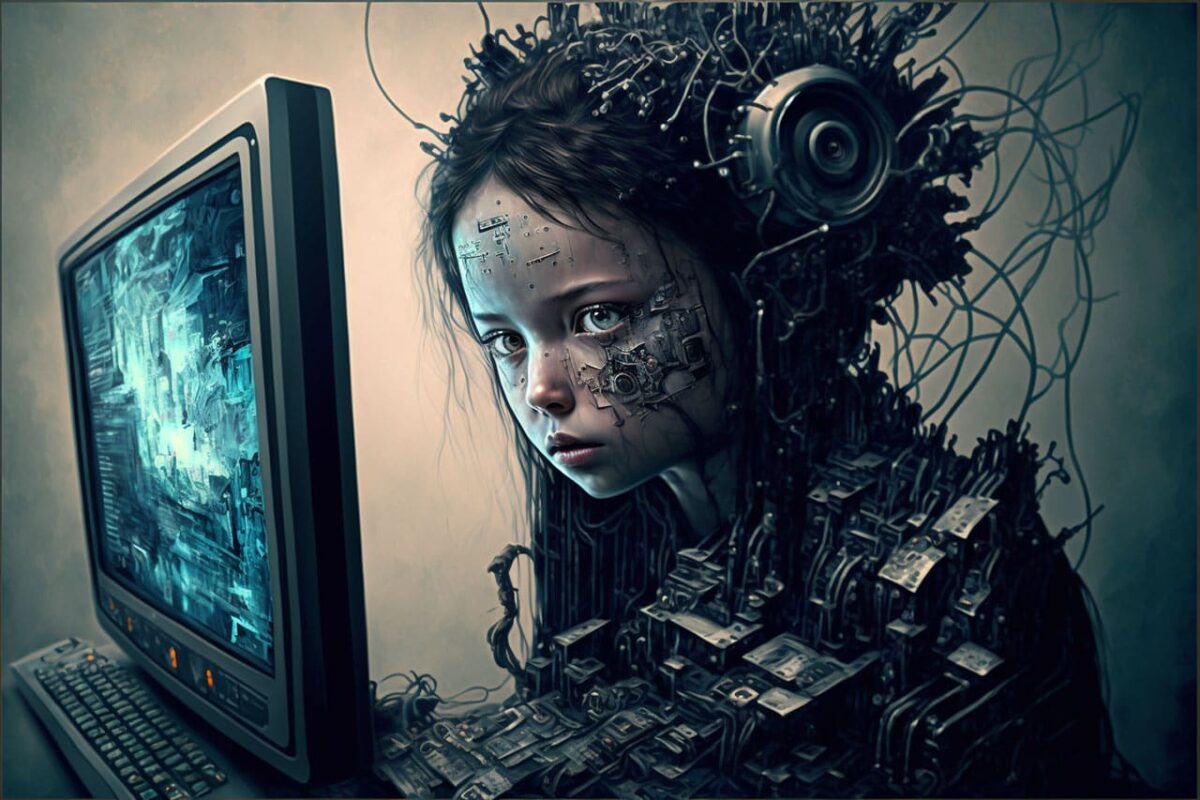Art and technology have always had a complex relationship. On one hand, technology has made it easier for artists to create and distribute their work. On the other hand, some argue that technology has had a detrimental effect on the art world, making it more impersonal and increasing the reliance on spectacle over substance.
The use of technology in art can be traced back to the earliest forms of human expression. From the first cave paintings to the invention of the printing press, artists have always found ways to harness new technologies to create and share their work.
Today, technology plays a central role in the art world. Digital tools such as computers, tablets, and smartphones have become essential for many artists, allowing them to create, edit, and share their work with a global audience. These tools have also made it easier for artists to experiment with new media and techniques, such as 3D printing and virtual reality.
However, technology has also had a profound impact on the way we experience art. The rise of social media and online platforms has made it easier for artists to reach a wider audience, but it has also led to the proliferation of “clickbait” art that is designed to go viral rather than to engage the viewer on a deeper level.
There is also the question of authenticity in the digital age. With the ability to easily manipulate and replicate images, it can be difficult to determine the originality of a work of art. This has led to the emergence of blockchain technology, which allows artists to create a digital fingerprint of their work to prove its authenticity.
Overall, it is clear that technology has had a significant impact on the art world. While it has opened up new possibilities for artists to create and share their work, it has also raised complex questions about the role of technology in art and the future of the art world.
